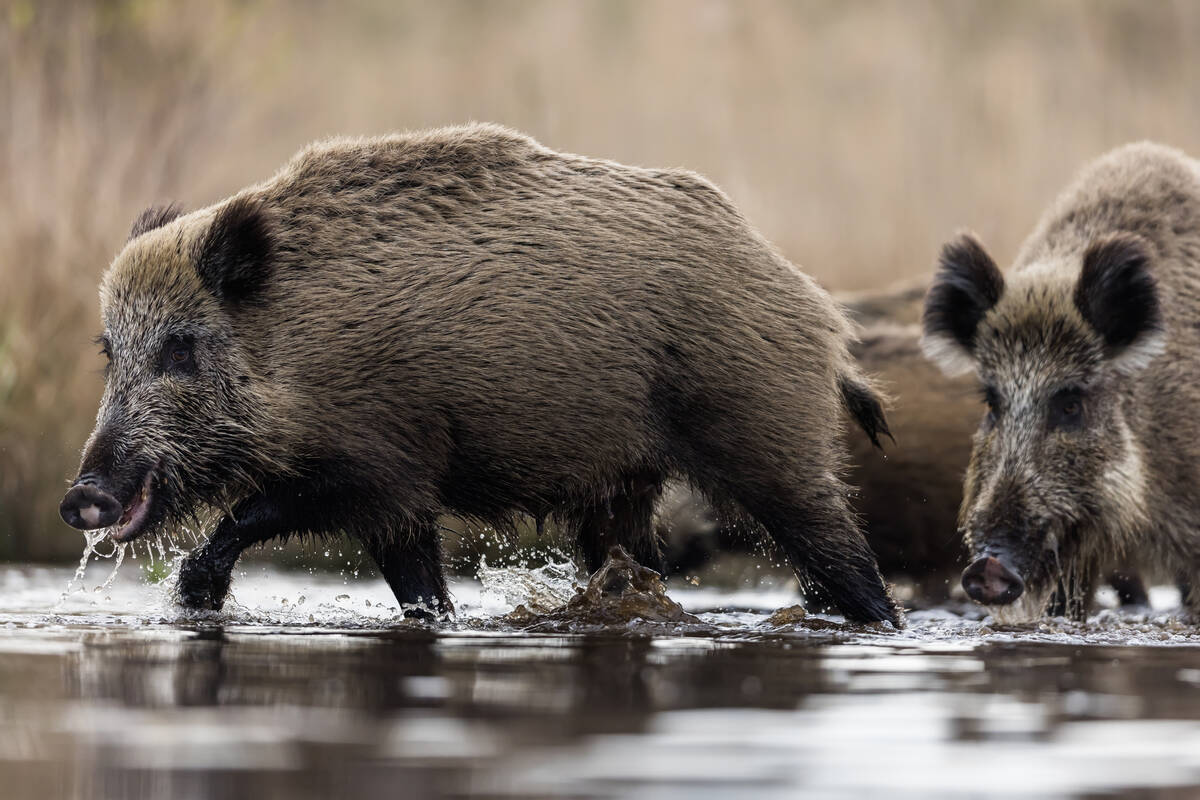Manitoba’s pork industry organization is taking steps to make sure future hog barns are approved.
It knows that there is a long journey between a farmer’s desire to build a barn and seeing concrete and steel installed out in the country.
“It’s going to be a major exercise and we’re going to need everybody’s help to do that,” Manitoba Pork Council general manager Andrew Dickson said during the organization’s annual meeting April 5.
“We’re going to go out as a council and try to get out to communities and try to talk about the potential benefits of the industry to that community.”
Read Also

Manitoba bans wild boar possession
Manitoba has tightened the regulatory status of Eurasian wild boar in an effort to help fight back against invasive wild pigs.
The council is expecting dozens of new barns to be built in coming years as the hog barn moratorium ends, but it doesn’t expect that to be an easy process for producers.
Manitoba’s environmental, siting and approvals processes are complicated and challenging, and farmers need to do everything right to get a green light for a project.
However, beyond meeting requirements, hog producers also need to convince local councils and people that having hog barns in their area is good for the local community.
Dickson said Manitoba is built upon a belief that community opinions matter, so the hog industry needs to ensure that local people near proposed barns come to feel that having hog barns in the area will help them.
“At the end of the day, we must retain that confidence,” said Dickson. “We have to have support from our communities to build these structures in the communities. We can’t just plonk them down.… It’s not going to work that way.”
The council is adding staff to help farmers assess what kind of barns will work with current and future regulations and help negotiate the multi-pronged process of getting a new barn approved and built.
Moving from the moratorium’s period of stagnation to widespread replacement and renovation will demand a lot of work.
“It’s not going to be just one or two barns when this thing starts to get going,” said Dickson.















